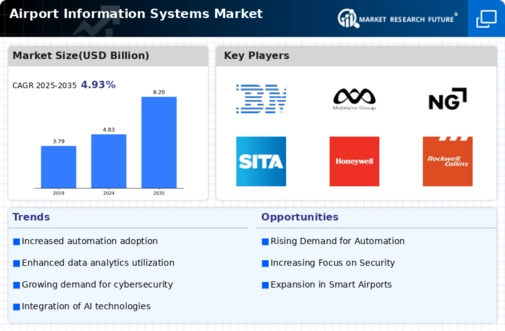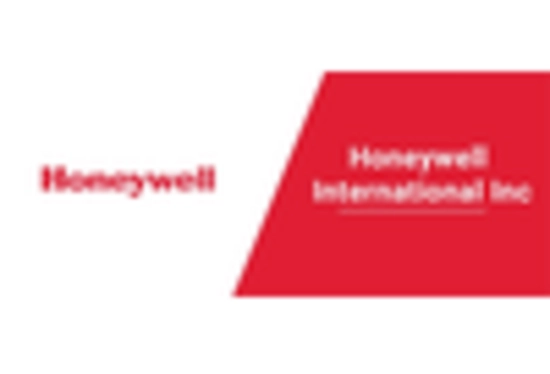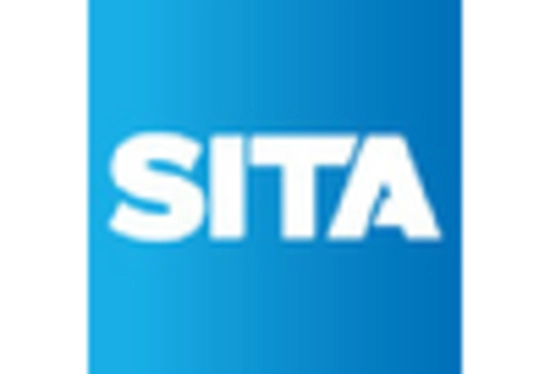Market Share
Airport Information Systems Market Share Analysis
The aviation sector relies on the Airport Information Systems (AIS) market for technology to improve efficiency and customer experience. Companies must use market share positioning strategies to stand out and meet aviation's changing demands in this competitive environment. To obtain a competitive edge, Airport Information Systems companies use many main methods. Product differentiation and innovation are key strategies. Companies in this category create cutting-edge AIS solutions for airport difficulties. Advanced passenger processing, real-time flight information displays, luggage handling, and security technology may be used. Companies may stand out and become vital to contemporary airport operations by delivering creative and complete solutions. Airport Information Systems market share positioning depends on collaboration and strategic collaborations. Airport operations are complicated and diverse, thus corporations typically work with other technology suppliers, aviation stakeholders, and airport authorities to provide integrated and seamless solutions. Strategic collaborations may create holistic AIS systems that encompass passenger check-in, luggage processing, and security, improving airport efficiency. Competitive pricing is important in Airport Information Systems. Airports want modern technology to enhance operations, but cost matters. Companies use variable pricing methods to match airport sizes and needs. Scalable systems with modular pricing enable airports to choose components depending on their requirements, making these technologies accessible to more airports regardless of size or budget. Airport Information Systems also uses market segmentation. Companies adjust their products to market segments to meet airports' varying demands. Small smaller airports may choose affordable and scalable AIS solutions, whereas bigger international hubs may need more advanced systems. Companies may expand their market share and become niche leaders by recognizing and meeting the needs of different airport segments. Airport Information Systems market share positioning requires effective marketing and awareness. Companies raise product awareness via focused marketing, industry events, and thought leadership. Establishing a strong internet presence and demonstrating successful deployments at reference airports generate credibility and attract new customers. In the competitive AIS industry, organizations need market visibility to win contracts and grow. The continually changing Airport Information Systems market requires constant adaptation and reactivity. Technology and regulations change constantly in aviation, thus AIS suppliers must be flexible. Regular system upgrades, incorporation of new technology, and compliance with industry standards help retain a competitive advantage and market success.









Leave a Comment